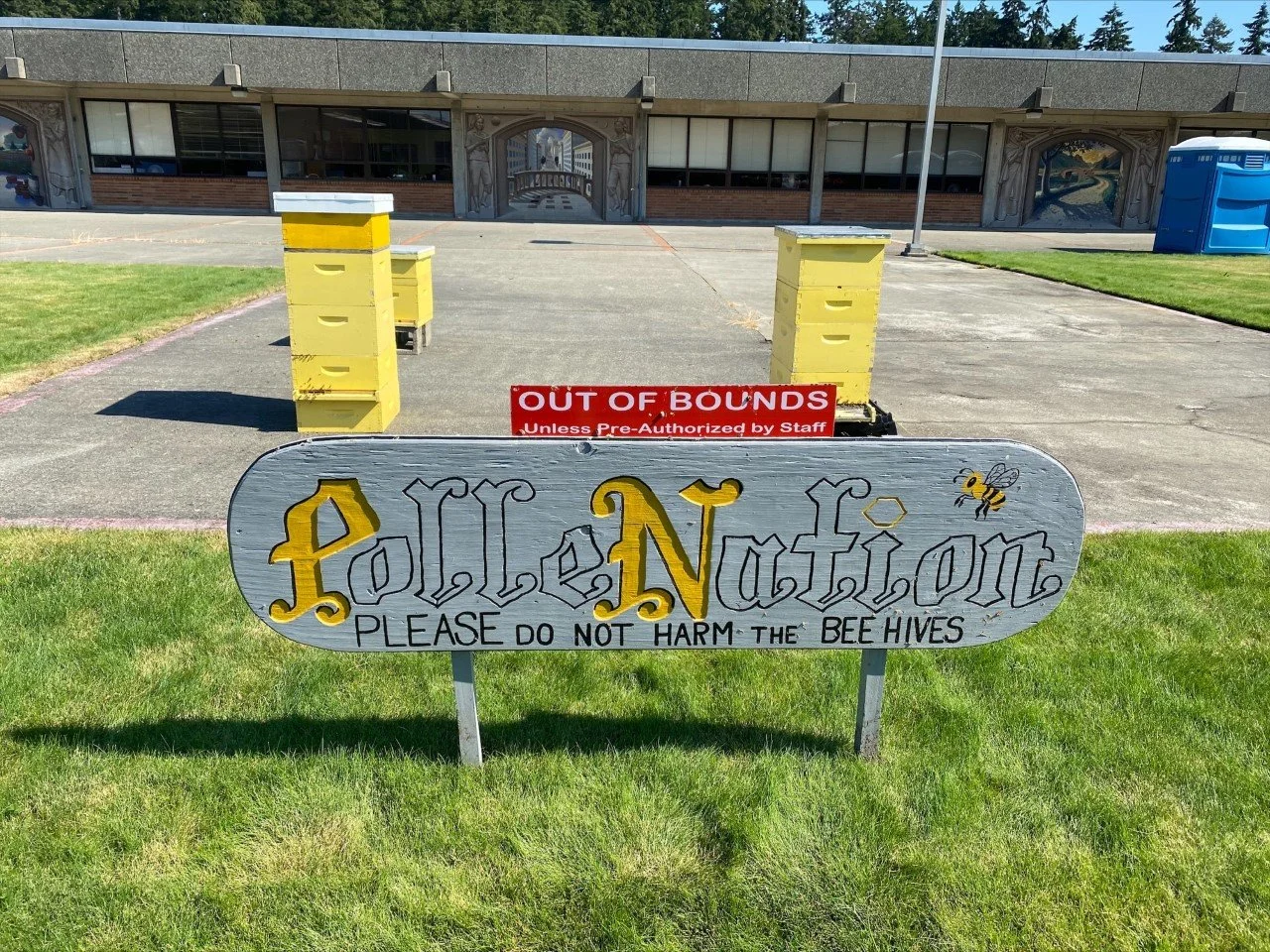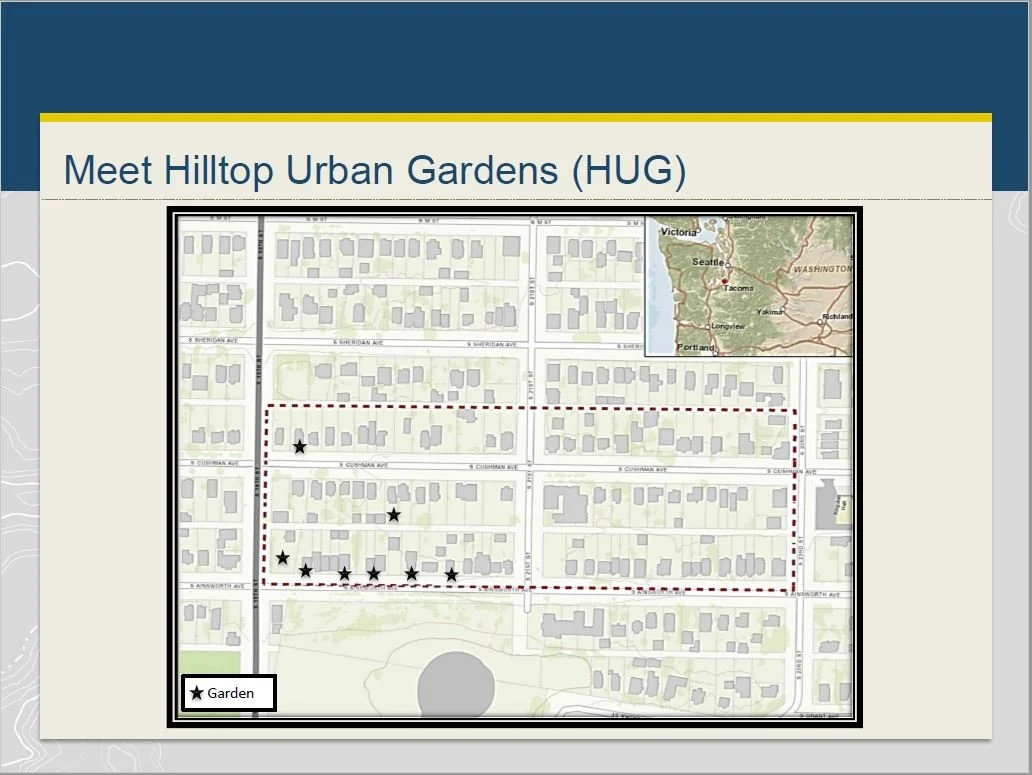Episode 21: Trashing Plastic Recycling!
Description
In this episode we will learn more about the the human and environmental health impacts of plastics, the history and future of plastics, the great recycling myth, a little bit about the zero waste lifestyle, and how to use Cartography to better display information on your maps, which will include my critique on a map that the Magical Mapper is designing. Most importantly, we talk about how You Are Loved!
This is part two of our Plastics spotlight. Three months ago we shared some background on plastics, how plastic recycling isn’t working, the plastic ban from China, oh and a bunch of depressing plastic facts. So, if you haven’t listened to that episode and want a little more background before we delve into this episode check out Episode 18 first. Yes, we did this 2-part series in the correct order, just to keep you on your toes, then we added some episodes in between to see if you were paying attention. But before we get started, happy news! Here’s a link to an article about the grey whale we mentioned getting untangled.
Environmental and Human Health Risks Associated with Plastics
Plastics pollute at all levels; during its manufacture, use and disposal. The poop detective gets right into some more depressing facts about plastic, starting with its manufacture. Plastic production can release airborne toxins and also cause fires and explosions.
Many of the chemicals found in plastics are known endocrine disruptors. Amy drops a lot of facts, but if you want to go down the endocrine disruptor wormhole, check out the half hour video, Our Chemical Lives. Unfortunately 96% of Americans have endocrine disruptors in their blood, but there are all sorts of sources including the food we eat, oh which also has microplastics in it.
Environmental Impacts
The presence of plastics, particularly microplastics, within the food chain is increasing. In the 1960s, microplastics were first observed in the guts of seabirds, and since then have been found in increasing concentrations. There are estimates that around eight million tons of plastic end up in the world’s oceans annually. Amy bums us out with a lot more depressing plastic facts, which I won’t repeat here, although you might see some of them if you follow us on Facebook.
Ok, I’ll share one very depressing report from 2018; a survey by the Global Oceanic Environmental Survey (GOES) Foundation found that the ecosystem in seas and oceans may collapse in the next 25 years, potentially causing failure of terrestrial ecosystem and "very possibly the end of life on Earth as we know it"; the main agents of this prediction were hypothesized to be plastic, ocean acidification, and ocean pollution. In order to prevent such a catastrophe, experts have proposed a total single-use plastic ban, wood burning bans while planting "as many trees as possible," "pollution-free recycling of electronics, and by 2030 all industries have zero toxic discharge."
Climate Change Impacts
Although plastic is often seen as a separate issue from climate change, both its production and afterlife are in fact major sources of greenhouse gas emissions. In 2019, the Center for International Environmental Law published a new report on the impact of plastic on climate change, which Amy digs into. Finally, the disposal results in additional emissions.
Also, an estimated 12% of all plastic is incinerated, releasing more greenhouse gases, as well as dangerous toxins, including dioxins and heavy metals. Industry is actually promoting an expansion of incineration in waste-to-electricity plants, which it describes as a source of renewable energy.
The History of Plastic and Recycling and the Rise of the Single Use Disposable Consumerist Society
The mass production of plastic started about 70 years ago. Since then approximately 6.3 billion tons have become waste, clogging our oceans and landfills with a material that take potentially hundred to thousands of years to break down. Plastic might sit for hundreds of years without decomposing, breaking down into smaller and smaller pieces.
Amy goes over the history of recycling in the US. She also relays some interesting facts about plastic bags.
In 1907 Bakelite was invented. It was the first synthetic plastic, which contained no molecules found in nature. Global production of plastics increased annually from two million metric tons in 1950 to over 400 million metric tons in 2015, outgrowing most other man-made materials.
The Future of Plastics is Tied to the Oil Industry
So now, we have major oil companies getting ready to ramp up plastic production as consumers try to be more savvy with their plastic purchases. The World Economic Forum predicts plastic production will double in the next 20 years. The Alliance to End Plastic Waste was founded by major petrochemical companies. They’re simultaneously promising beach cleanups and recycling campaigns, while its key members, including Shell and ExxonMobil, announce plans to build new multi-billion-dollar polyethylene and petrochemical plants that produce inexpensive, plastic products.
According to a Mother Jones article on the origins of the anti-litter campaigns: the entire anti-litter movement was initiated by a consortium of industry groups who wanted to divert the nation’s attention away from even more radical legislation to control the amount of waste these companies were putting out. In 1953 the packaging industry teamed up with other industries including Coca-Cola and Dixie Cup to form Keep America Beautiful, which still exists today. Keep America Beautiful was basically a campaign against individual bad environmental practices instead of the businesses taking responsibility for their waste.
“By pushing for curbside recycling, you’re mobilizing a nation to do a lot of labor for you, bring [trash] back to you at low cost and invest in a lot of infrastructure for you —infrastructure you don’t build and don’t own.”
— Bartow J. Elmore - environmental historian
Recycling, Circular Economy and Zero-waste
So, is it time to trash recycling? The reality is most plastic is not recycled. We have been fed the idea that plastics are recyclable, but between the inability for many plastics to be recycled to the high level of contamination in the plastic recycle stream, much of it ends up in the landfill, or worse somewhere in our environment. According to a story on treehugger.com, for the last dozen years recycling has been described as a fraud, a sham, a scam perpetrated by big business on the citizens and municipalities of America.
In the end, recycling is a poor substitute for meaningful solutions, such as reducing the number of materials and products we consume and ridding ourselves of our reliance on products with an end of life, which is oftentimes called a zero waste lifestyle within a <a href="https://www.ellenmaca

















